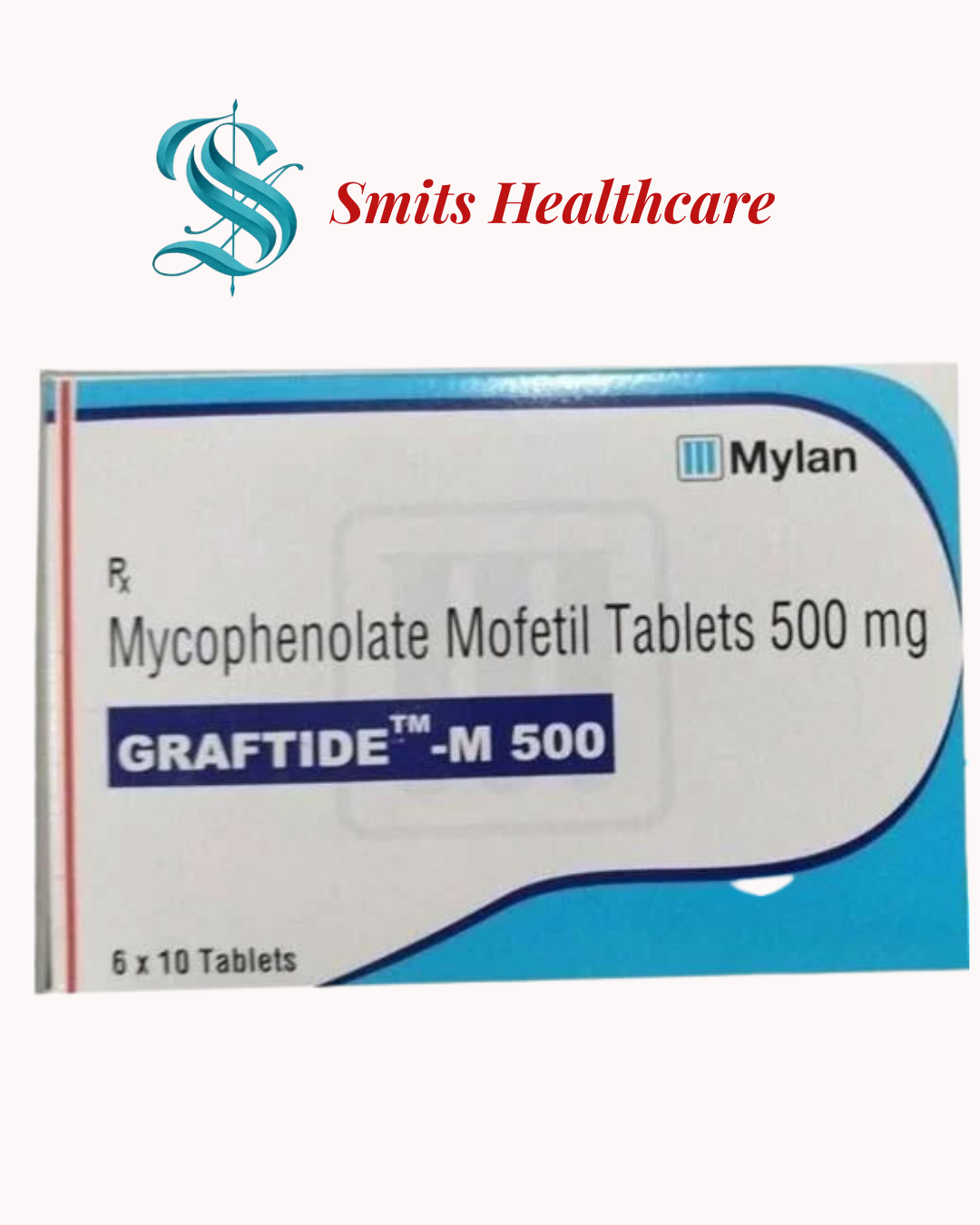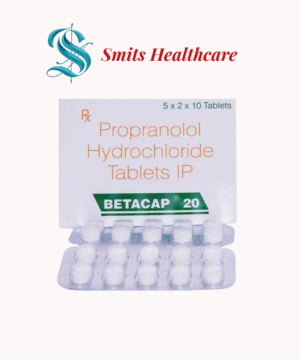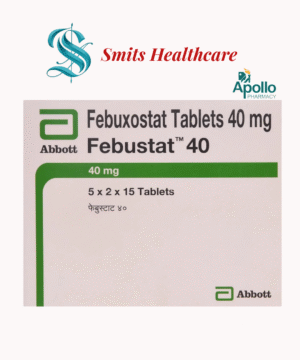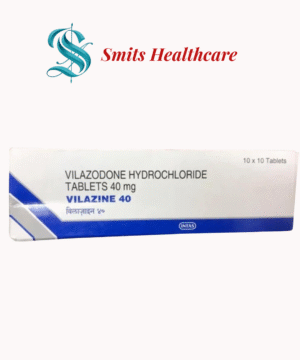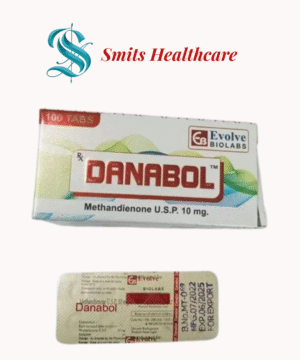Graftide-S is an immunosuppressive medicine that contains Tacrolimus (a calcineurin inhibitor). It is mainly used after organ transplantation to prevent the immune system from rejecting the transplanted organ. By lowering immune activity, it helps in maintaining graft survival.
Mechanism of Action
Tacrolimus works by binding to a protein inside immune cells called FKBP-12. This complex blocks the activity of calcineurin, an enzyme needed for activating T-lymphocytes. As a result, the production of interleukin-2 (IL-2) and other cytokines is reduced, which decreases the immune response and prevents organ rejection.
Uses
-
Prevention of organ transplant rejection (kidney, liver, heart, etc.)
-
Sometimes used in patients who cannot tolerate cyclosporine
-
Topical forms of tacrolimus (not Graftide-S specifically) may also be used in atopic dermatitis or other immune-related skin conditions.
Adverse Effects
Common and important side effects include:
-
Nephrotoxicity (kidney damage)
-
Neurotoxicity (tremors, headache, confusion, seizures in severe cases)
-
Hypertension (high blood pressure)
-
Hyperglycemia (can lead to diabetes after transplant)
-
Electrolyte disturbances (high potassium, low magnesium)
-
Infections and sometimes malignancies, due to immune suppression
-
Gastrointestinal symptoms like nausea, diarrhea, or loss of appetite
-

